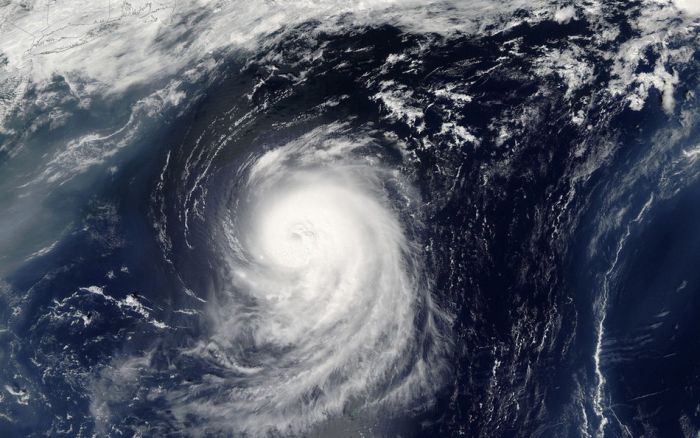|
|
Earth From Space
|
Humans and animals exposed to vacuum will lose consciousness after a few seconds and die of hypoxia within minutes. Blood and other body fluids do boil when their pressure drops below 6.3 kPa, the vapor pressure of water at body temperature. This condition is called ebullism. The steam may bloat the body to twice its normal size and slow circulation, but tissues are elastic and porous enough to prevent rupture. Ebullism is slowed by the pressure containment of blood vessels, so some blood remains liquid. Swelling and ebullism can be reduced by containment in a flight suit. Shuttle astronauts wear a fitted elastic garment called the Crew Altitude Protection Suit (CAPS) which prevents ebullism at pressures as low as 2 kPa. Water vapor would also rapidly evaporate off from exposed areas such as the lungs, cornea of the eye and mouth, cooling the body. Rapid evaporative cooling of the skin will create frost, particularly in the mouth, but this is not a significant hazard. Space may be cold, but it's mostly vacuum and transfers heat ineffectively; as a result the main temperature regulation concern for space suits is how to get rid of naturally generated body heat.
Cold or oxygen-rich atmospheres can sustain life at pressures much lower than atmospheric, as long as the density of oxygen is similar to that of standard sea-level atmosphere. The colder air temperatures found at altitudes of up to 3 kilometres (1.9 mi) generally compensate for the lower pressures there. Above this altitude, oxygen enrichment is necessary to prevent altitude sickness, and spacesuits are necessary to prevent ebullism above 19 kilometres (12 mi). Most spacesuits use only 20 kPa of pure oxygen, just enough to sustain full consciousness. This pressure is high enough to prevent ebullism, but simple evaporation of blood can still cause decompression sickness and gas embolisms if not managed.
Rapid decompression can be much more dangerous than vacuum exposure itself. Even if the victim does not hold his breath, venting through the windpipe may be too slow to prevent the fatal rupture of the delicate alveoli of the lungs. Eardrums and sinuses may be ruptured by rapid decompression, soft tissues may bruise and seep blood, and the stress of shock will accelerate oxygen consumption leading to hypoxia. Injuries caused by rapid decompression are called barotrauma. A pressure drop as small as 13 kPa, which produces no symptoms if it is gradual, may be fatal if it occurs suddenly.
|
|









